Mangalam Sankupellay
Data-Efficient Classification of Birdcall Through Convolutional Neural Networks Transfer Learning
Sep 17, 2019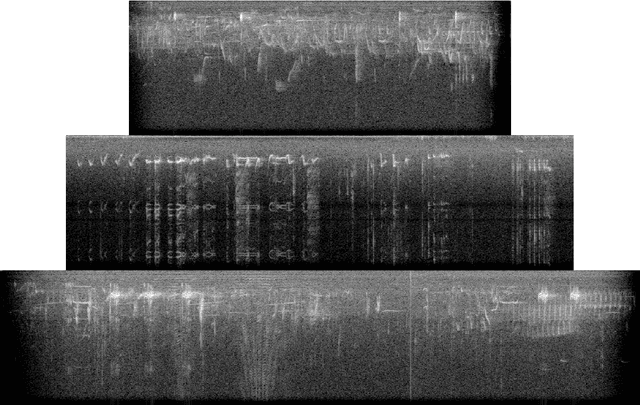
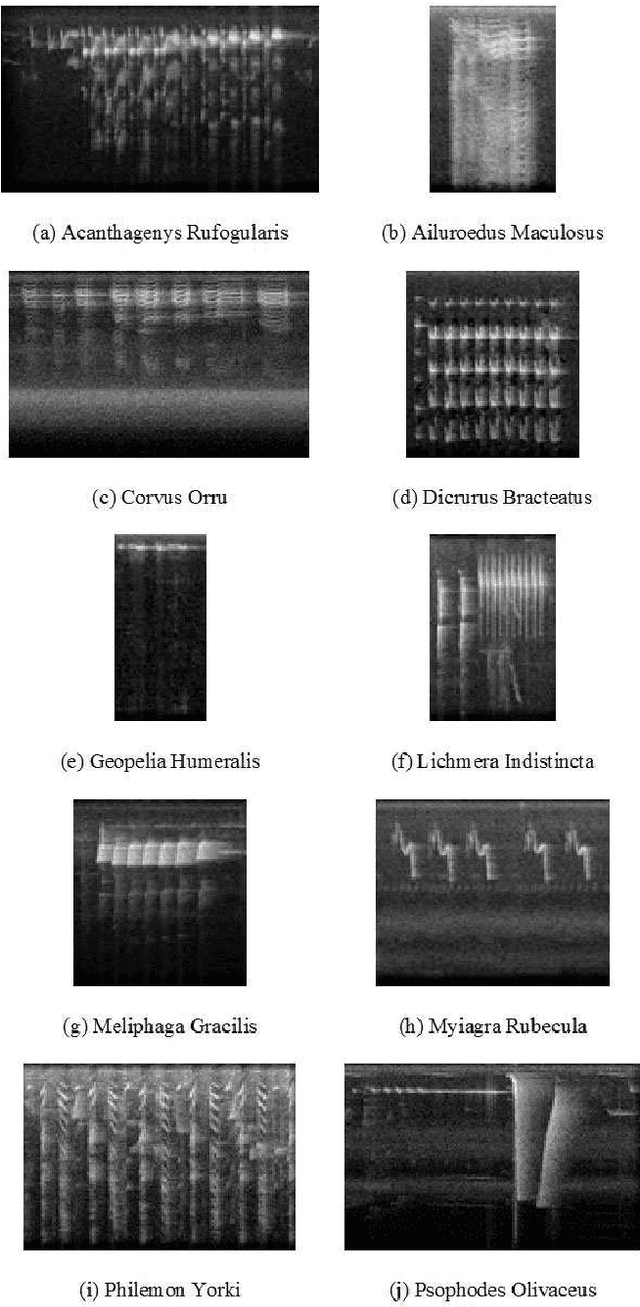
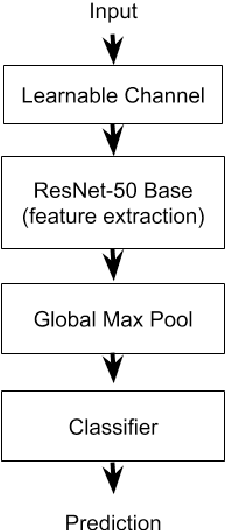
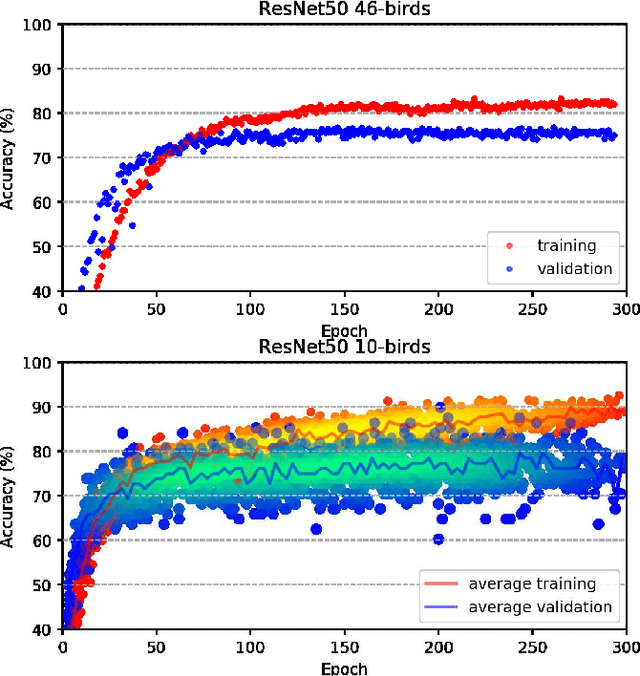
Abstract:Deep learning Convolutional Neural Network (CNN) models are powerful classification models but require a large amount of training data. In niche domains such as bird acoustics, it is expensive and difficult to obtain a large number of training samples. One method of classifying data with a limited number of training samples is to employ transfer learning. In this research, we evaluated the effectiveness of birdcall classification using transfer learning from a larger base dataset (2814 samples in 46 classes) to a smaller target dataset (351 samples in 10 classes) using the ResNet-50 CNN. We obtained 79% average validation accuracy on the target dataset in 5-fold cross-validation. The methodology of transfer learning from an ImageNet-trained CNN to a project-specific and a much smaller set of classes and images was extended to the domain of spectrogram images, where the base dataset effectively played the role of the ImageNet.
Underwater Fish Detection with Weak Multi-Domain Supervision
May 26, 2019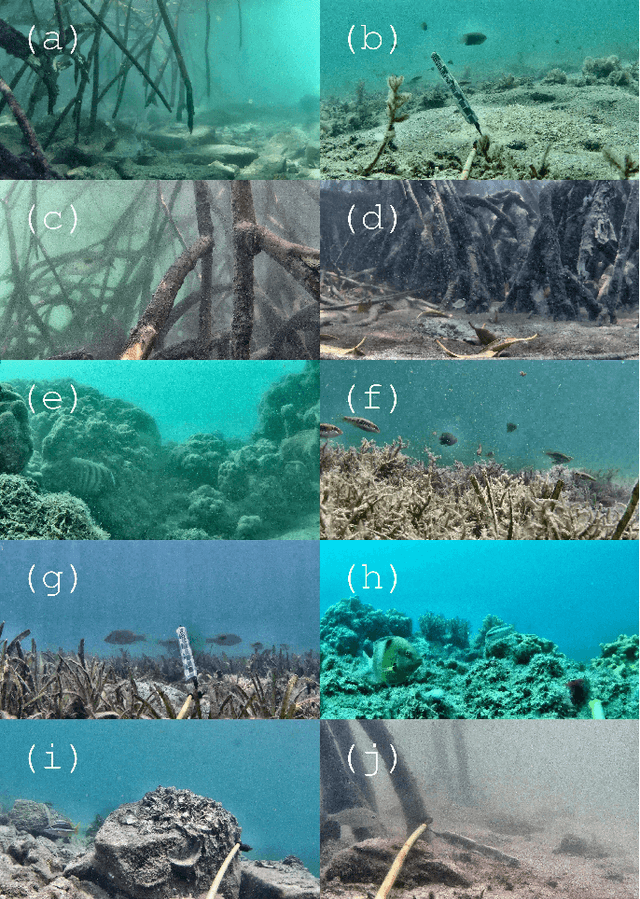
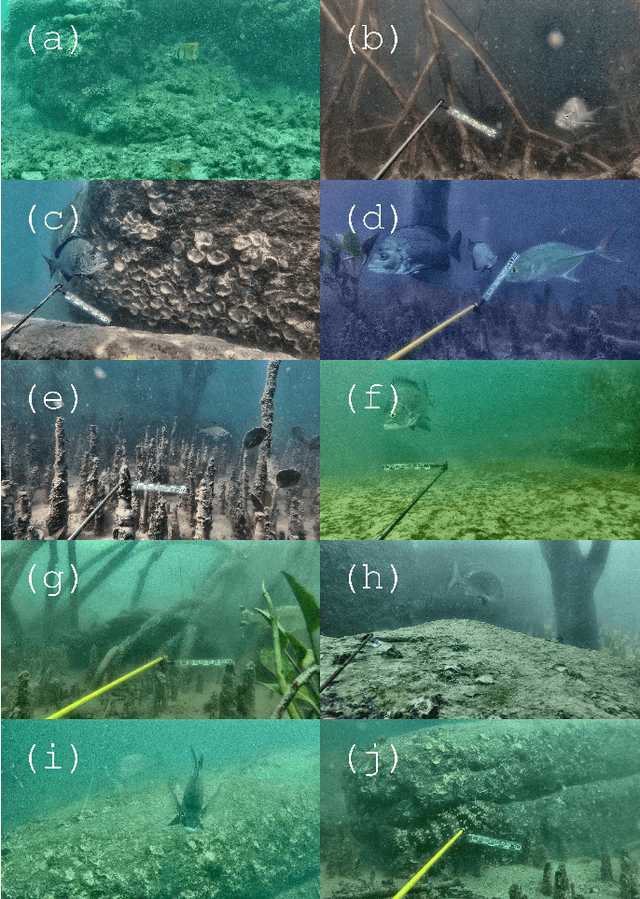
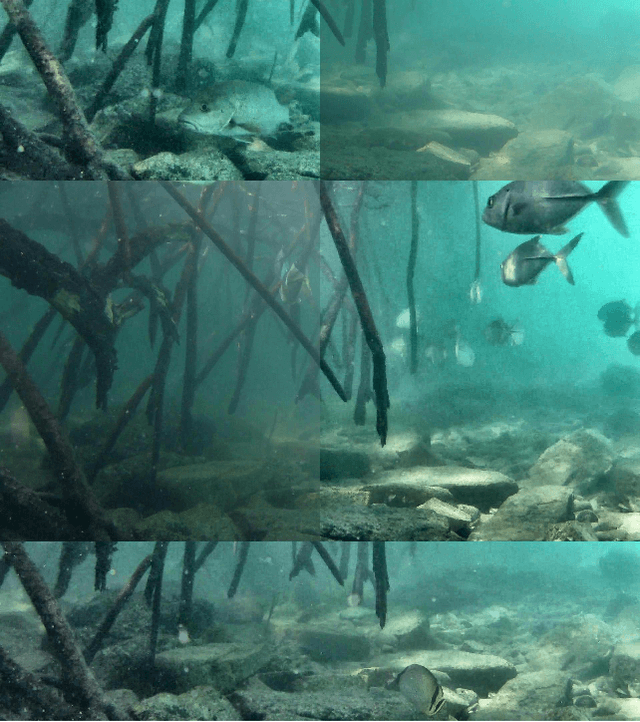
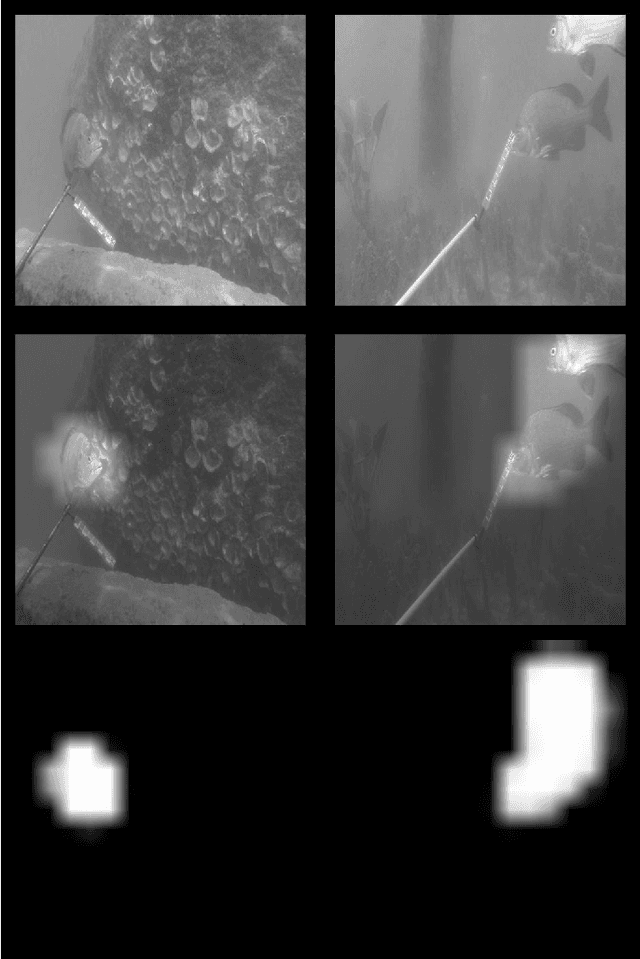
Abstract:Given a sufficiently large training dataset, it is relatively easy to train a modern convolution neural network (CNN) as a required image classifier. However, for the task of fish classification and/or fish detection, if a CNN was trained to detect or classify particular fish species in particular background habitats, the same CNN exhibits much lower accuracy when applied to new/unseen fish species and/or fish habitats. Therefore, in practice, the CNN needs to be continuously fine-tuned to improve its classification accuracy to handle new project-specific fish species or habitats. In this work we present a labelling-efficient method of training a CNN-based fish-detector (the Xception CNN was used as the base) on relatively small numbers (4,000) of project-domain underwater fish/no-fish images from 20 different habitats. Additionally, 17,000 of known negative (that is, missing fish) general-domain (VOC2012) above-water images were used. Two publicly available fish-domain datasets supplied additional 27,000 of above-water and underwater positive/fish images. By using this multi-domain collection of images, the trained Xception-based binary (fish/not-fish) classifier achieved 0.17% false-positives and 0.61% false-negatives on the project's 20,000 negative and 16,000 positive holdout test images, respectively. The area under the ROC curve (AUC) was 99.94%.
 Add to Chrome
Add to Chrome Add to Firefox
Add to Firefox Add to Edge
Add to Edge